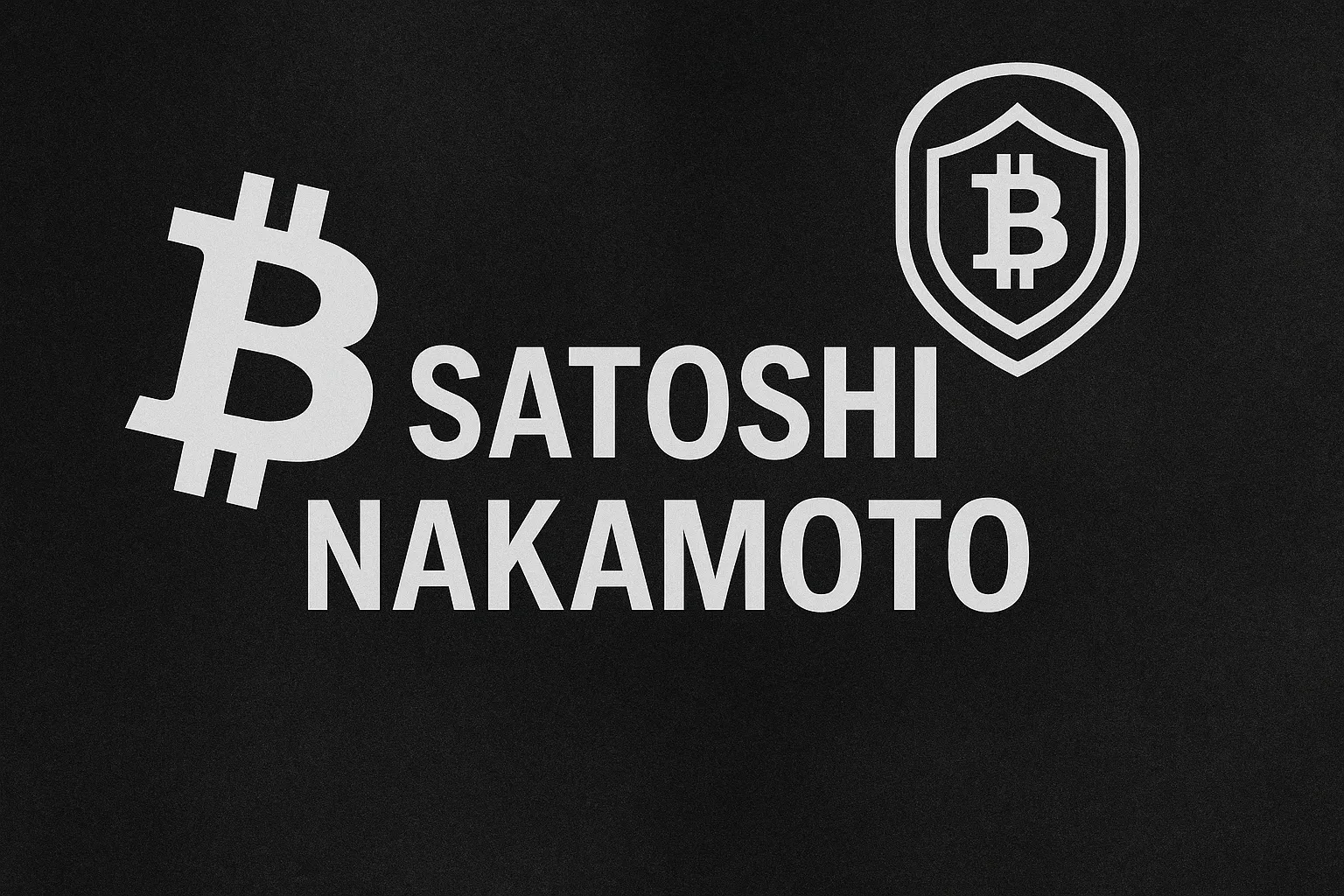Satoshi Nakamoto Brand – Crypto Identity Meets Culture
The Satoshi Nakamoto Brand: Where Crypto Culture Meets Identity
When most people hear the name Satoshi Nakamoto, they think of Bitcoin, decentralization, and the birth of trustless money. But in an unexpected twist, “Satoshi Nakamoto” has also become a brand—not just a mysterious figure. Today, you’ll find clothing drops, tokenized merchandise, Web3-native logos, and even NFTs linked to fashion items. It’s not just about paying homage; it’s about owning a piece of the mythos.
So, what does it actually mean to create a Satoshi Nakamoto brand in 2025? And how can a name based on anonymity hold so much brand value?
Table of Contents
- Bitcoin as a Cultural Blueprint
- Satoshi Nakamoto: From Whitepaper to Streetwear
- Why Crypto Traders and Builders Actually Want Branded Identity
- On-Chain Merch: Proof of Ownership, Not Just a T-Shirt
- Expert Takes on the Rise of Web3 Fashion
- Final Thoughts on the Satoshi Nakamoto Brand
- FAQ
Bitcoin as a Cultural Blueprint
Bitcoin didn’t just start a finance revolution—bitcoin started a global counterculture movement around self-sovereign identity, censorship resistance, and code is law. These aren’t technical features; they’re beliefs of foundation. And branding in crypto isn’t logos—it’s set in protocol stone.
Even the Bitcoin logo proper, the “₿,” Satoshi quotes, and surrounding memes have all been printed, tokenized, and worn. Crypto branding today is protocol-driven—it’s ideology, not aesthetics.
Satoshi Nakamoto: From Whitepaper to Streetwear
Whereas brands borrow names from Elon Musk or Michael Jordan, Satoshi is not like that. The brand did not start with an individual but with a pseudonym—further layers of secrecy.
Satoshi Nakamoto-branded projects tap into something more than nostalgia; they summon an ideology. A few of them are:
- NFT-backed merchandise reserved for DAO members only
- Fashion inspired from Bitcoin aesthetics, sold in satoshis
- Projects issuing soulbound tokens (SBTs) to verify ownership of scarce Satoshi-branded drops
- The mystique of the name is such that it is persuasive, saying different things to different individuals.
Why Crypto Traders and Builders Actually Want Branded Identity
And here is where things get interesting: hard-money traders and DeFi hackers—who have traditionally avoided branding frippery—are embracing the Satoshi Nakamoto brand.
Why? Because it symbolizes something more than clothing. It symbolizes membership with values of privacy, open-source morality, and financial sovereignty. A “Satoshi” hoodie then is a membership badge—a badge of identity for the culture of Bitcoin.
In Telegram groups, early DAO contributors like to show off Satoshi merch like rare NFTs. At crypto conferences, it’s common to see attendees sporting Bitcoin-themed hats and ENS patches. These are not just fashion statements—they’re crypto-native identity markers.
On-Chain Merch: Proof of Ownership, Not Just a T-Shirt
This is where the Satoshi Nakamoto brand truly intersects with Web3.
Smart contracts can now enable NFT-gating physical product access. Mint a token to transfer ownership of a Satoshi-branded product—verifiable, tradable, and on-chain tracked. Not hype; infrastructure.
Innovations are:
Dynamic NFTs that evolve over time with user interaction
Soulbound identity badges for wearable items
Decentralized community governance for product drops
Effectively, the Satoshi brand is becoming an on-chain identity protocol—ownable, dynamic, and culture-relevant.
Expert Takes on the Rise of Web3 Fashion
Decentralized branding is the future, most DAO-born creators are sure of. “Everything begins as a meme,” Zora co-founder Jacob Horne opined. Satoshi is that meme—based on Bitcoin history but permissionless enough to be used by anyone as a foundation upon which to build. Crypto-native brands thrive because they are free from trademarks and central control. Satoshi is a name that has no one claiming it, open source, and by its viral nature.
Psychologically, to wear a “Satoshi”-branded product is a declaration—about Bitcoin, ownership, and the future of digital identity
Final Thoughts on the Satoshi Nakamoto Brand
The Satoshi Nakamoto brand is not an institution or logo—it’s an ideological asset. Owned by no one, but powered by millions.
That’s where it succeeds. It’s not conventional branding; it’s a decentralized logo that can be referenced, remixed, and reimagined by anyone who buys into Bitcoin’s philosophy.
That makes it potentially the most powerful decentralized brand on Earth.
FAQ
What is Satoshi Nakamoto brand?
It’s a crypto-native cultural and merch phenom founded on Bitcoin’s pseudonymous creator—more about ideology and community than traditional commerce.
Is Satoshi Nakamoto a registered brand?
No. Because the name is unclaimed and anonymous, legally it’s neither owned nor trademarked and so communities are free to build decentralized branding on it.
How is blockchain connected with Web3 fashion?
Using NFTs as a means to provide access to physical goods, on-chain proof of authenticity, and governance rights to build future drops.
Why are crypto traders interested in branded goods?
Because it’s an expression of values like privacy, decentralization, and economic freedom—core beliefs of crypto culture.
Are official Satoshi Nakamoto products available?
There isn’t a single “official” store, but there are some DAOs and NFT projects which have dropped Satoshi-themed drops—look for the ones with peer-validated smart contracts or community-governed governance.
➔ Post created by Robert AI Team




